Most of us living in Minnesota for any length of time have heard the word ‘buckthorn’. Some even know that buckthorn is a non-native invasive plant that should be removed. The Minnesota Department of Agriculture has classified buckthorn as a restricted noxious weed. If you own even a small woodland area in Minnesota, it is likely that buckthorn is a problem on your property.
If you are not a terrestrial invasive species specialist, you may lack the knowledge to identify buckthorn with confidence. Winter is an excellent time to learn to identify alien invasive buckthorn. The absence of leaves exposes the terminal bud, located at the tip of each twig. Similar to fingerprints, each species of tree and shrub, including buckthorn, have unique identifying features.
The terminal bud of common/European buckthorn (Rhamnus cathartica) appears as a pair of side-by-side buds that are dark brown to black in color, with a small spiny thorn protruding between the paired buds. (As you can see in the photo at left,) the terminal buds resemble the hoof print of a deer. Placement of the paired terminal buds across from each other may vary between opposite, sub-opposite and alternate.
Less prevalent, and looking nothing like common/European buckthorn, is another non-native species of buckthorn called glossy buckthorn (Frangula alnus). The terminal bud of glossy buckthorn is fuzzy, rusty colored and naked (without bud scales). The terminal bud is actually a furled leaf that will unfold in the warmth of spring. Glossy buckthorn typically prefers to grow near wetlands in moist soil.
Once you have determined that non-native invasive buckthorn is a problem, it’s time to consider a control strategy. Buckthorn control is the first step in restoring the native woodland habitat that originally existed. Watch for my next blog segment to learn my preferred method of non-native invasive buckthorn control.
Cheryl
Landscape Restoration, Inc.




